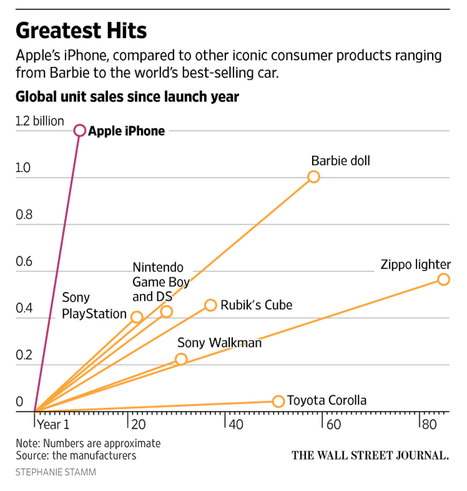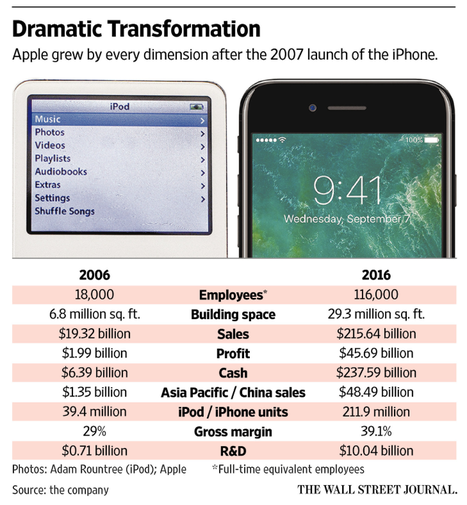(p. A5) By the time she reached her early 40s, Ms. Berezin was a veteran computer designer who had created an automated reservation system for United Air Lines. Even so, as an extremely rare woman in a male-dominated field, she saw little chance of reaching senior management.
Her only route to the top, Ms. Berezin concluded, was to start a company. In 1969, with two colleagues, she founded Redactron Corp. to design and make computerized typewriters, a category that became known as word processors before being subsumed into today’s more versatile desktop computers.
Ms. Berezin, who died Dec. 8 [2018] at the age of 93, served as president of Redactron, whose sales pitch was “Free the secretary,” suggesting an escape from drudgery into more challenging work. Initially lacking screens, the devices featured IBM Selectric typewriters hooked up to boxy computers allowing texts to be edited, stored and printed.
Based in Hauppauge, N.Y., the company sold machines as far afield as Australia and had more than 500 employees by 1975. A recession and high interest rates created a financial crisis that forced Ms. Berezin to sell Redactron to Burroughs Corp. in January 1976.
Once Burroughs acquired Redactron, she lost control of product development and watched as others made decisions that she said doomed her word processor.
For the full obituary, see:
James R. Hagerty. “Butting Heads With Men Suited Computer Pioneer.” The Wall Street Journal (Saturday, Dec. 15, 2018): A5.
(Note: bracketed year added.)
(Note: the online version of the obituary has the date Dec. 14, 2018, and has the title “Evelyn Berezin Pioneered Word Processors and Butted Heads With Men.”)



